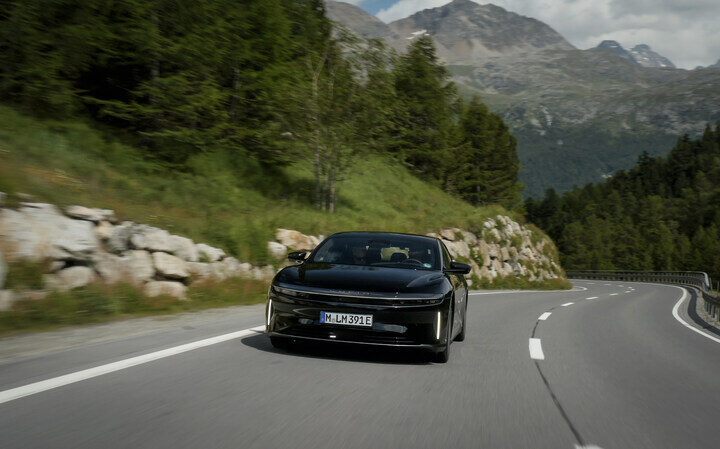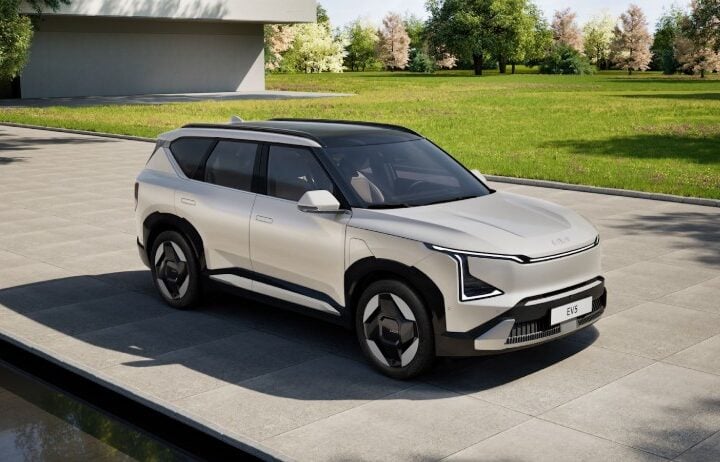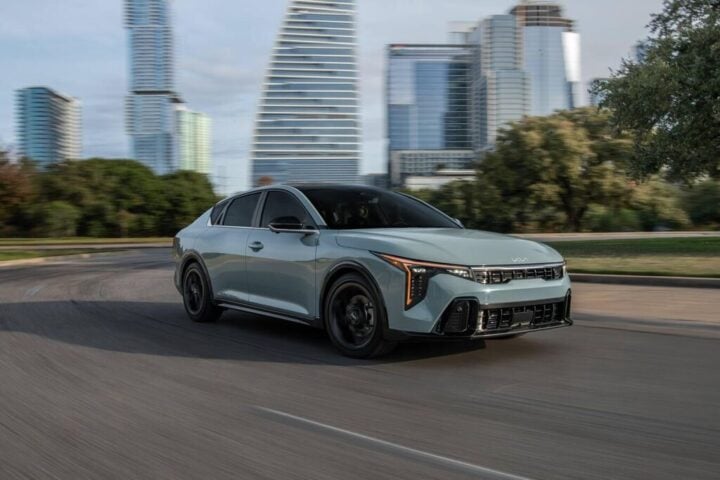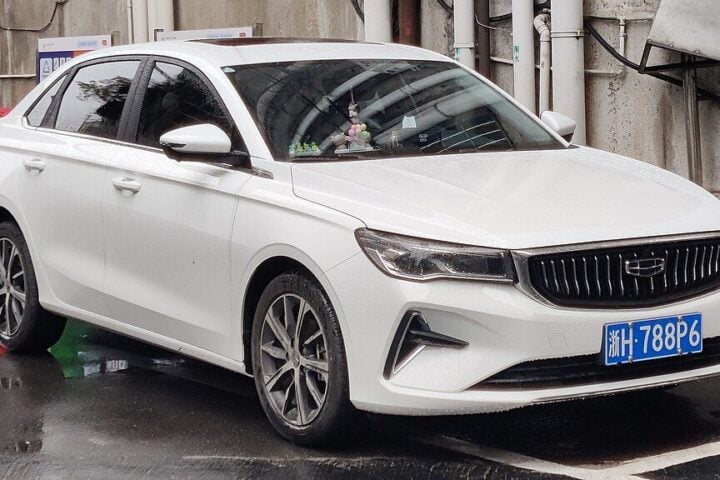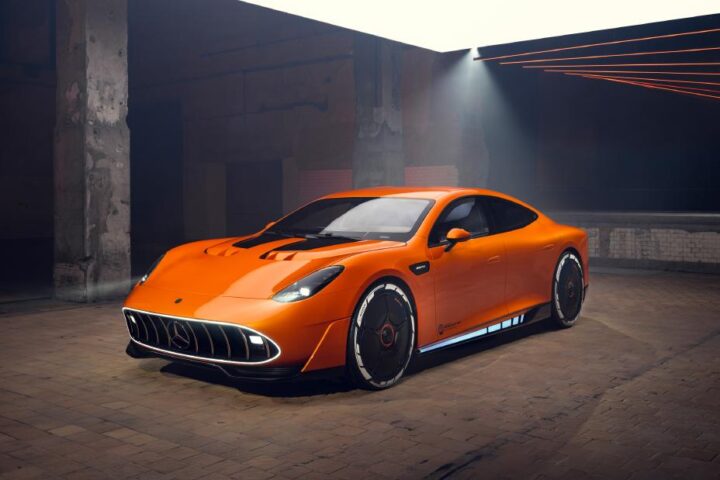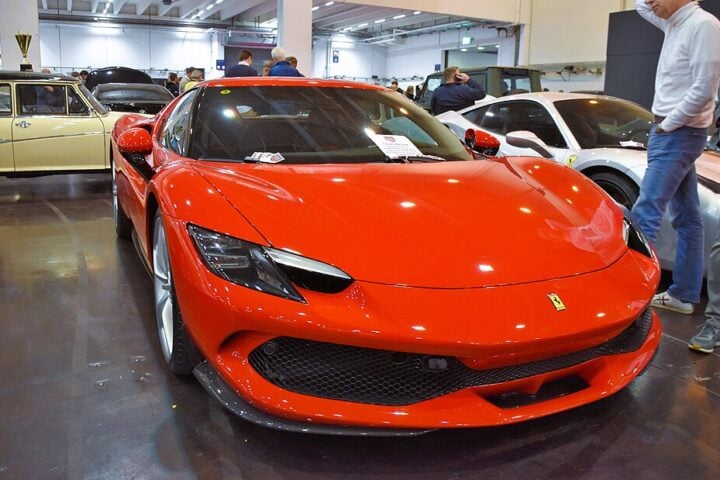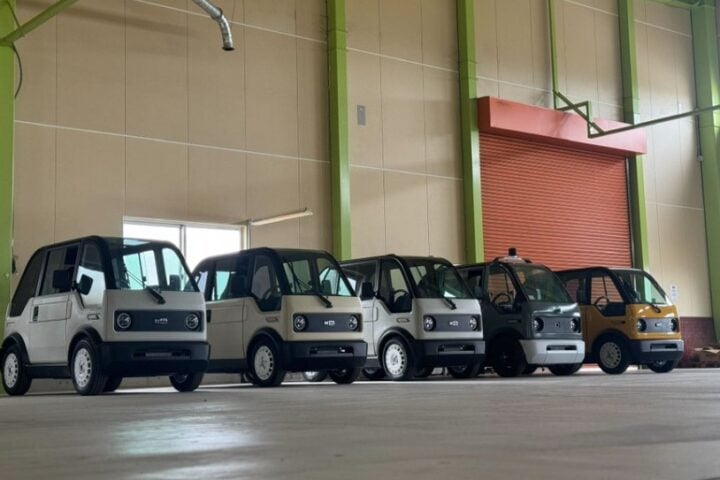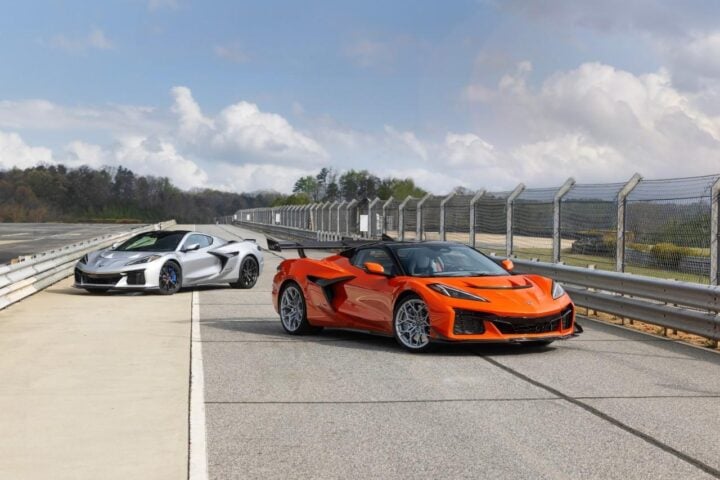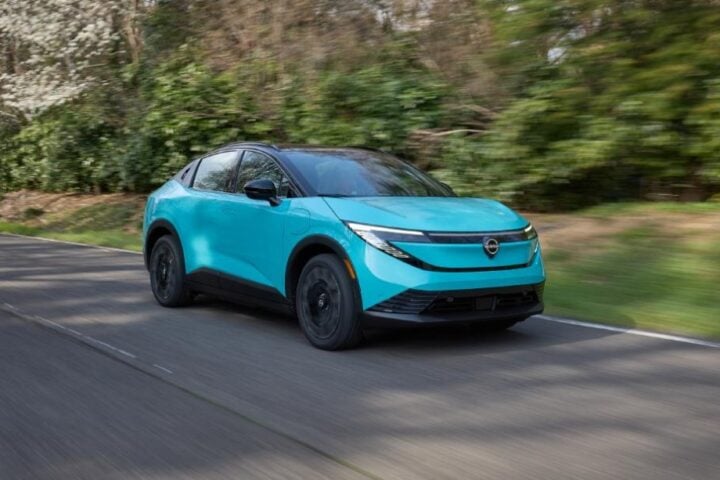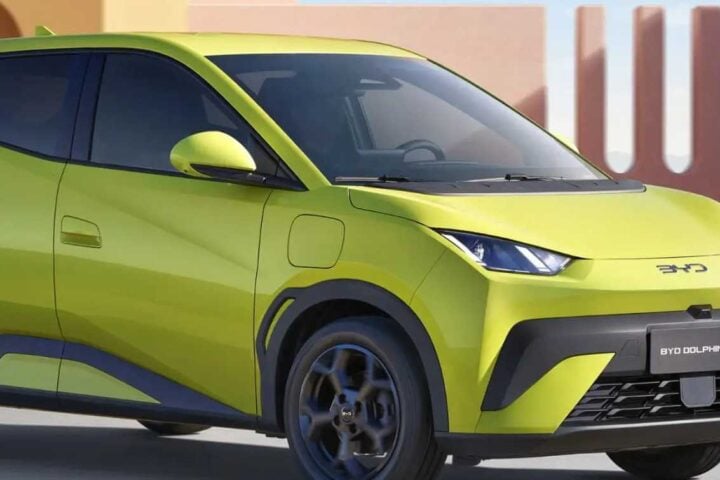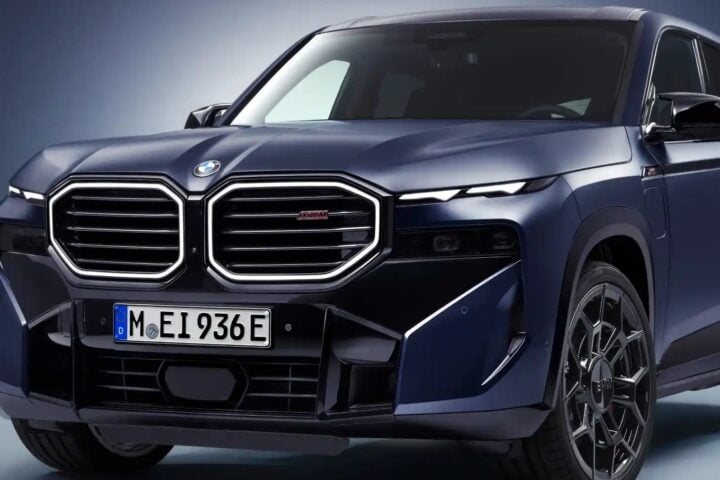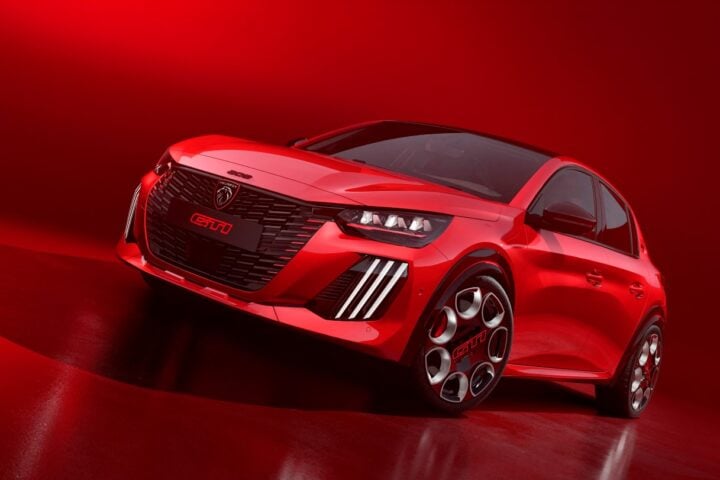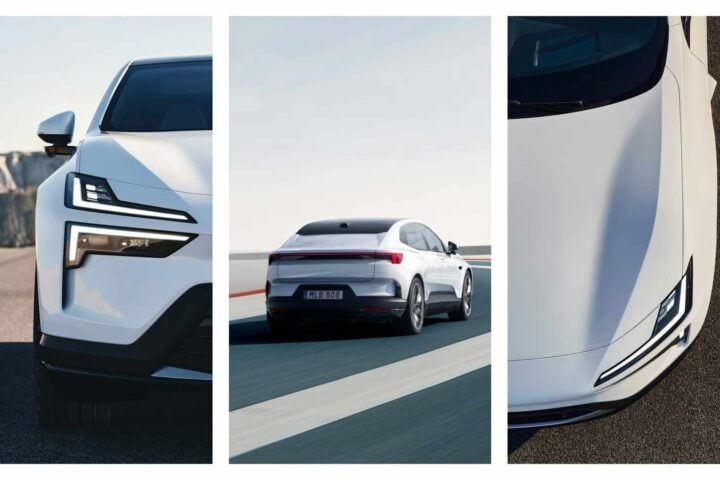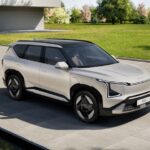The Electric Shift
Opel’s recent unveiling of the Experimental concept car has set the automotive world abuzz. As the industry shifts towards electric vehicles (EVs), Opel’s new battery-electric crossover is a testament to the brand’s commitment to this transition. But is this just another concept, or does it truly herald the future of the brand?
The Technical Blueprint: STLA Platform and Beyond
The Experimental, as revealed, will be based on Stellantis’ BEV platform, hinting at the STLA Medium. This suggests a 400-volt system with a potential 104 kWh gross battery energy content. The power range is speculated to be between 160 to 285 kW, with both front and all-wheel drive options. The dimensions, although not explicitly mentioned, are expected to fall within the C-segment, similar to the Astra.

Aerodynamics vs. Design
Opel’s design philosophy for the Experimental is “bold and pure.” The 4D Opel Vizor, an evolution from the current Opel Vizor, is a testament to this. However, the steep front, despite its aesthetic appeal, raises questions about aerodynamic efficiency. The brand has tried to counteract this with adjustable air vents and a variable rear diffuser, but the real-world implications remain to be seen.
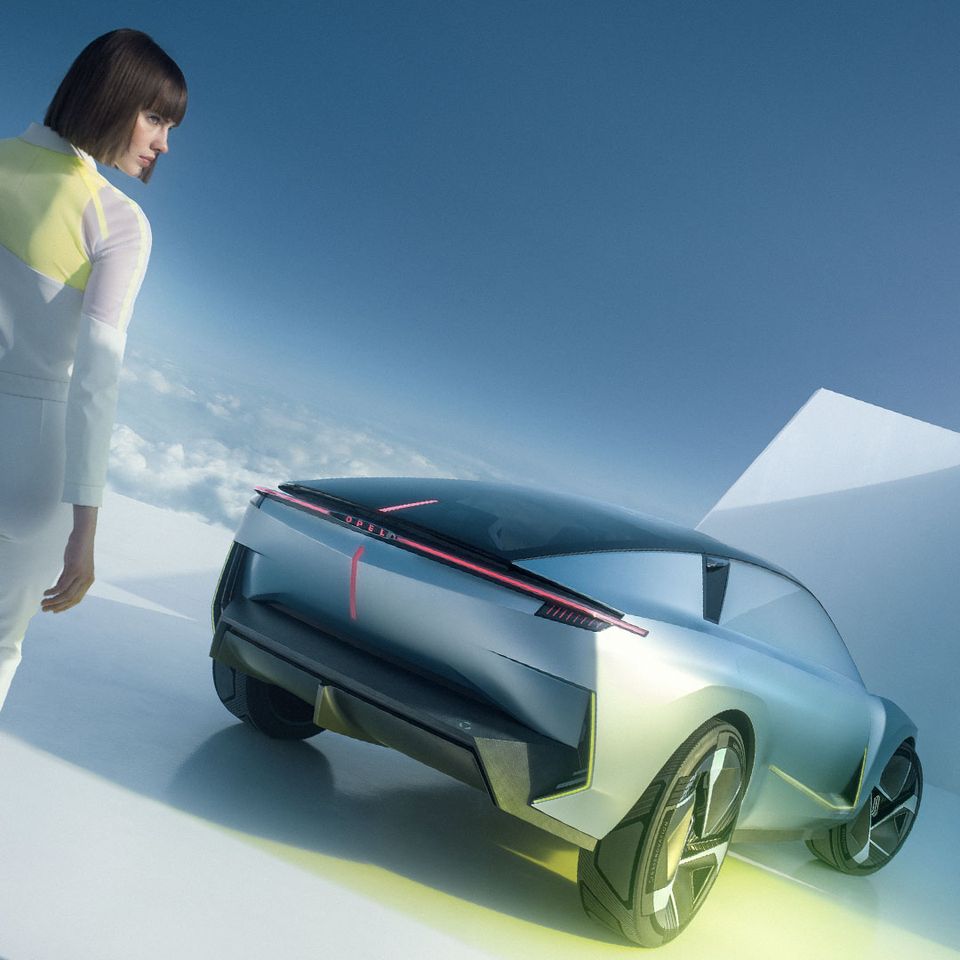
Inside the Experimental: A Futuristic Vision
Opel’s interior design promises a D-segment space within a C-segment footprint. The steer-by-wire system, which eliminates mechanical steering components, is a notable feature. This not only reduces weight but also allows for the steering wheel to be folded away, hinting at autonomous capabilities. But the real show-stealer is the augmented projection technology replacing traditional screens. While this promises an immersive experience, its practicality and user-friendliness will be the real test.
Similar Post
The Opel Compass and Design Evolution
The Opel Compass, characterized by thin horizontal DRLs and vertical LED strips, is a central design element. The illuminated Opel Blitz emblem adds a touch of modernity. However, the absence of door handles and the use of mirror-replacing cameras might be more of a design statement than a practical solution.
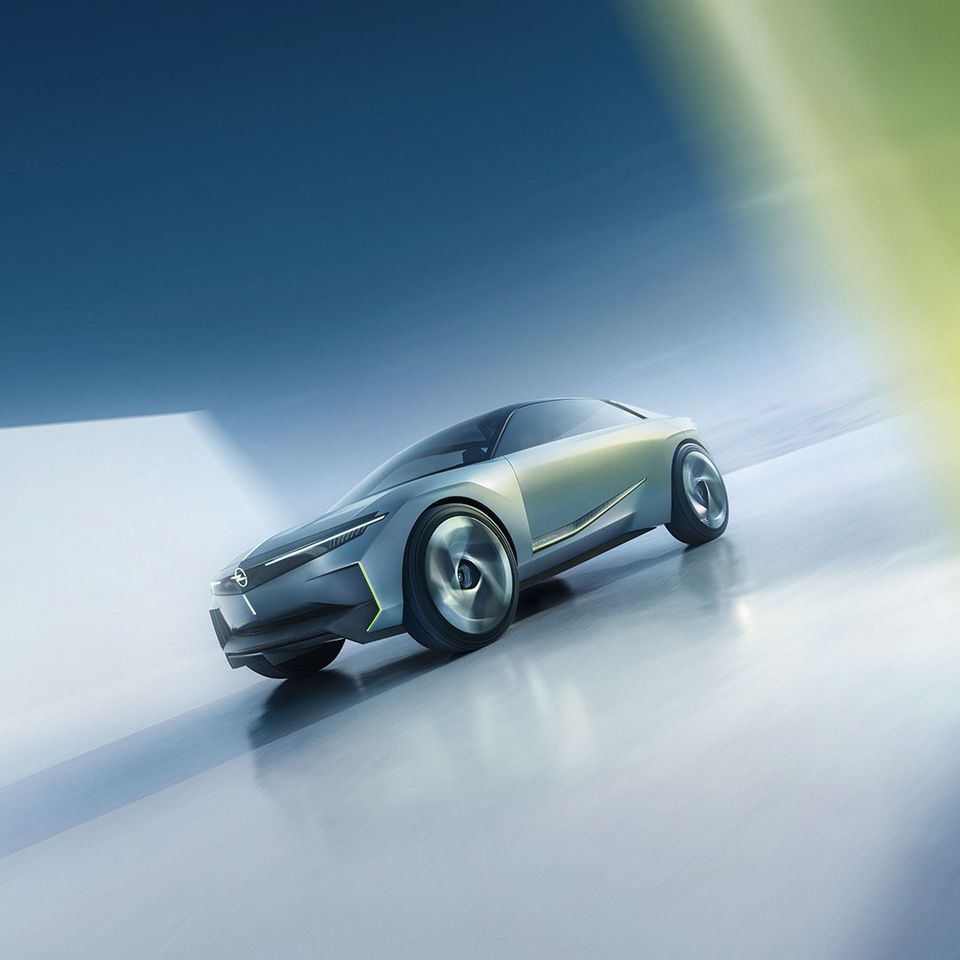
Critical Analysis: The Road Ahead for Opel
Opel’s vision with the Experimental is clear: a sustainable, electric future. But concepts are often just that – concepts. The real challenge will be translating these ideas into production models that are both efficient and user-friendly. The brand’s commitment to becoming purely electric in Europe by 2028 is commendable, but the journey will be fraught with challenges, both technical and market-driven.
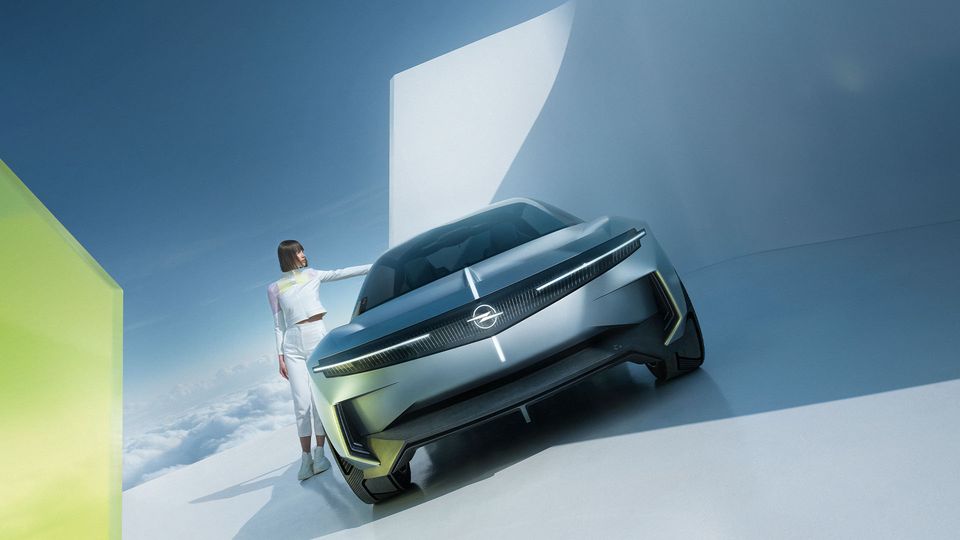
Final Thoughts
The Opel Experimental is undoubtedly a bold step into the future. Its design, both exterior and interior, is a blend of modern aesthetics and futuristic technology. However, the true success of this concept will be determined by its transition from the exhibition floor to the streets. As the EV market becomes increasingly competitive, Opel’s ability to innovate while addressing practical concerns will be its real test.



